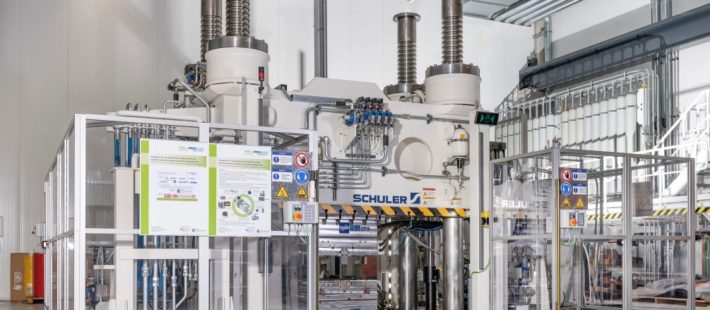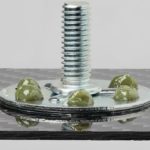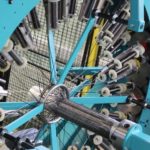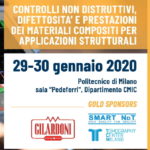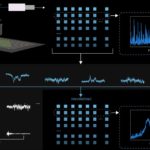AZL Aachen GmbH, partner of RWTH Aachen University and specialized in composite-based lightweight technologies, works on two projects that enhance the knowledge about SMC (Sheet Moulding Compound) material characteristics and a new process combination driven by the requirements to reduce the production costs of lightweight components.
The current situation in SMC processing has different problems:
- insufficient material data bank and lack of standard methodology to determine the characteristic values for SMC processing and simulation;
- limited use of SMC for structural and semi-structural components due to insufficient mechanical properties
- Hybrid SMC with excellent mechanical properties and cost saving potential but presents a complicated process chain with a mass of interactions between material and process;
- lack of available simulation methodology to predict the interactions.
As of right now a material data bank and standard methodology to determine the characteristic values for SMC processing and simulation is missing massively. AZL is addressing this lack of a material data bank for SMC in its project “SMC-Characterization – Harmonized Data Acquisition” which is open to join by will defining, evolving and testing a data bank for SMC during the course of the project.
The right material for the specific application is indispensable to have the ability to produce with the highest standards. Especially regarding SMC with its randomly distributed and partially inhomogeneous fiber orientation and content, the producers of lightweight components need a SMC data base to exploit the full lightweight and performance potential of the material.
The project
The project Hybrid SMC aims to reduce costs of functionally integrated composite-lightweight components by combing the compression molding and injection molding process for thermoset molding compounds.
In particular, the project will deal with the lack of standard methodology to determine the characteristic values for SMC processing and simulation. It has the approach to develop a process simulation methodology and mapping with structure simulation, as well as to develop for example hybrid SMC with continuous fiber, fiber spraying, towpreg and more. Furthermore, the possibility for increasing design freedom and integration of functional elements by thermoset injection molding compounds will be provided.
In conclusion, Hybrid SMC project aims to contribute to the development of SMC in order to further establish SMC in broad industrial applications.
The project will kick-off on September 22nd, 2020 and is funded by the European Regional Development Fund.
Source: AZL


